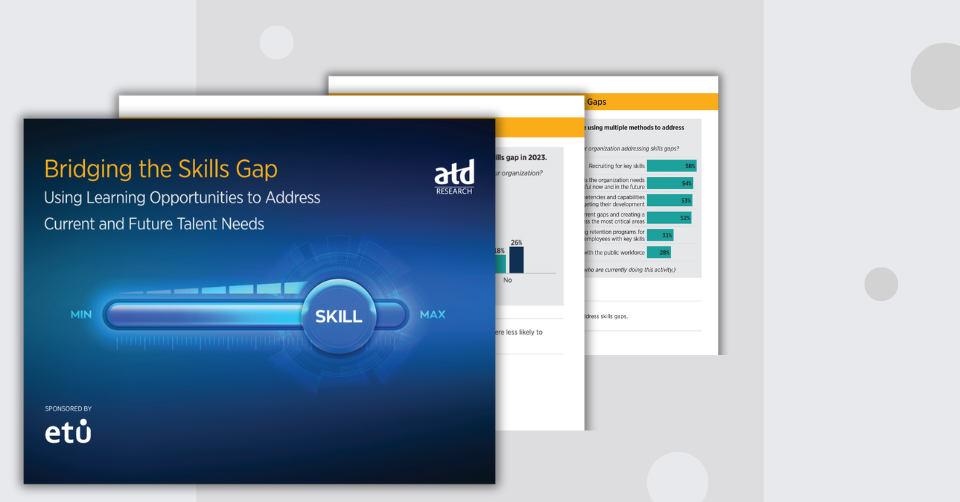Company
Merck & Co Inc.
Goal
The effective building of compliance IQ to empower Merck workforce to make compliant decisions daily.
Solution
Immersive learning now built on a LSP that proves out the business rationale for reimagined mandatory compliance training.
Results
- 15x faster to train with immersive simulation than instructor-led-training.
- 21% increase in learner performance scores for critical skills that mitigate risk.
- Reduced errors by 97% in a safe simulated environment to mitigate potential risks on the job.
- 91% of learners agree the simulations were a worthwhile investment of their time.
Make learning engaging, optimized and effective
As an organization, Merck wanted to move away from traditional click-next eLearning that is typically found in compliance training. Ultimately their goal is to make all learning:
- Relevant to the learner - using real-life dilemmas so that learners know how to respond.
- Focused on behavior - addressing critical skills and objectively measuring skills and behaviors in context.
- Continuous and timely - to be closer to the flow of work and shorter in duration for those demonstrating required skills.
The key business objectives of the Reimagined Mandatory Training program are to develop the capabilities to:
- Increase engagement using new immersive simulation capabilities.
- Optimize learner time through skills assessment and personalization.
- Drive behavior change through the development of compliance IQ.
A platform that adapts to the learner’s skill levels
An agile (scrum) team was created to rapidly iterate with ETU and deliver value early and often. The partnership created, executed and analyzed a selection of representative projects to prove out the business rationale for the overall reimagining of mandatory training.
ETU simulations measure learning transfer and improvements through the Measure > Learn > Perform cycle. The journey to closing skill gaps begins with measurement. If learners do not pass, they are directed to learning assets that will help close the gaps. The platform automatically adapts to learners of different skills levels with the testing and remediation cycle until the learner’s performance meets the success criteria.
The ETU learning simulation platform provides a ready-built UI and UX so that the team could focus on the scenario development. The skills measurement framework is baked into the platform and the team were able to apply this directly to the skills being developed so that all the learner data needed was captured automatically. The ETU Simulation Builder also includes a range of build support and optimization tools to accelerate the build process, review scenarios in context, and tweak skill scoring.
As part of operationalizing the ETU platform the team has now created “The Mandatory Training Master Blueprint”. This document is a guide for designing engaging, effective learning experiences for skills and behaviors in the mandatory training area. New projects will begin with this blueprint when architecting and designing learning experiences related to mandatory training to achieve a cohesive, integrated learning experience regardless of role, function or division.
It was important that the end solution be accessible to all. All users can access the simulations without special hardware requirements. No virtual reality headsets were needed, and the digital solution is deployable to all relevant employees when they want to access it. Plans are now in place to localize the simulations to 20+ languages.
Measurable results with immersive simulation
The successful partnership showed that it was possible to rapidly deploy immersive learning using a learning simulation platform was complete and robust enough for the needs of a global enterprise.
15x faster to train
with immersive simulation
than instructor-led-training
21% increase in skill
performance scores that mitigate risks
97% reduction in errors
in a simulated environment
to mitigate risks on the job
91%learners agree
that simulations were a worthwhile
investment of their time
Because of the more efficient learning method, performance improvement was increased with less seat time. For example, in one topic alone (Incident Escalation) this will yield over $300k in savings, when scaled globally. Learners that demonstrate optimal behaviors spend less time in the full experience, learners that make errors and require more practice and remediation spend more time focusing on those areas.
As with any project, it's important to be conscious of the time that taken from an SME because you are taking them out of their work. Leveraging the partnership with ETU, Merck found that the production time was significantly decreased, including the SME review time.






